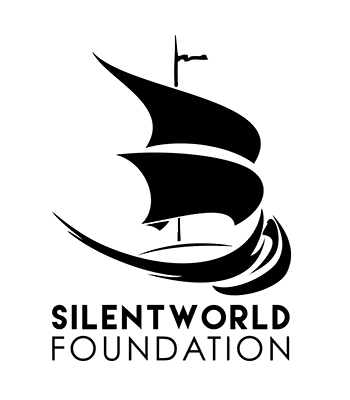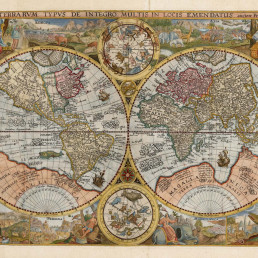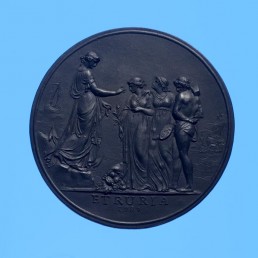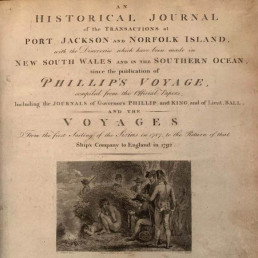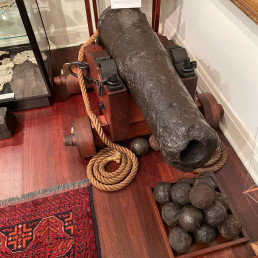
Name/TitleCommemorative porcelain portrait medallion of Captain Cook
About this objectResponding to the eighteenth-century public fascination with, and adoration of, James Cook, which only increased with his tragic death, Josiah Wedgwood and Sons commissioned the leading English sculptor of the day, John Flaxman, to model several portraits in wax. From these Wedgwood produced three portrait medallions of Cook in their signature jasperware, in 1777, 1779 and this one in 1784. This fine bust profile portrait was adapted from the Royal Society’s memorial medallion, which had been executed by Lewis Pingo, and issued in 1779 to coincide with the publication of the narrative of the tragic third voyage.
Provenance: From the collection of Sir Maurice Holmes.
MakerJosiah Wedgwood - Maker
Maker RoleMaker
MakerJohn Flaxman - Sculptor
Maker RoleSculptor
MakerLewis Pingo - Artist
Maker RoleArtist
Date Madec1784
Period18th century
Place MadeStoke-on-Trent, United Kingdom
Medium and MaterialsPorcelain
Style and IconographyJasperware - Wedgwood
Inscription and MarksThe front is impressed with the title “Capt. Cook”, while impressed on back is the maker's mark in the form of “Wedgwood”.
Measurements 100mm x 125mm.
Object TypeEuropean Portraits
Object numberSF000683
Copyright Licence![]() Attribution - Non-commercial - No Derivatives (cc)
Attribution - Non-commercial - No Derivatives (cc)
Explore by category
Maps and Charts
Date range: 1541-1836
Ship Models
Date range: 1629-1890
Maritime Paintings
Date range: 1793-1849
Manuscripts and Ephemera
Date range: 1768-c1850
Medallions & Convict Tokens
Date range: 1619-1880
Landscapes
Date range: 1768-c1850
Books
Date range: 1694-c1850
Currency and Shares
Date range: 1624-1823
Printed Material
Date range: 1541-1836
Maritime Archaeology
Date range: 1629-1854
Curator's corner
New acquisitions, staff favourites and curios
The mug is decorated with an underglaze and a blue transfer print. On the body, it is titled ‘Emigrants to Australia’. This type of body and glaze was discontinued by 1840. Comparison of the handle shape and the profile of the foot, point to the attribution of manufacture by the Davenport Factory.
Delta was a ship-rigged vessel with two decks and three masts. It was built in Dordrecht, Netherlands in 1839 at the shipyard of Jan Schouten and registered in the same port. Its hull was constructed of oak and sheathed in ‘yellow metal’. Delta was owned by H. van der Sande at the time of its loss and was engaged as a cargo trader.
The Delta carried 29 crew and passengers, while sailing from Melbourne to Batavia in ballast when wrecked at Kenn Reefs on 30 May 1854 whilst under the command of Captain J.G. Kunst. This vessel loss supports the pattern of shipwrecks located on a well-travelled shipping route that was poorly charted until the mid-nineteenth century. The crew of the Delta could see four other shipwrecks at Kenn Reefs at the time of their vessel’s loss.
Important image of a ship associated with Matthew Flinders, that would shortly become one of the most famous early shipwrecks in eastern Australian waters. This is a fine ship’s portrait, by one of the great exponents of the art
